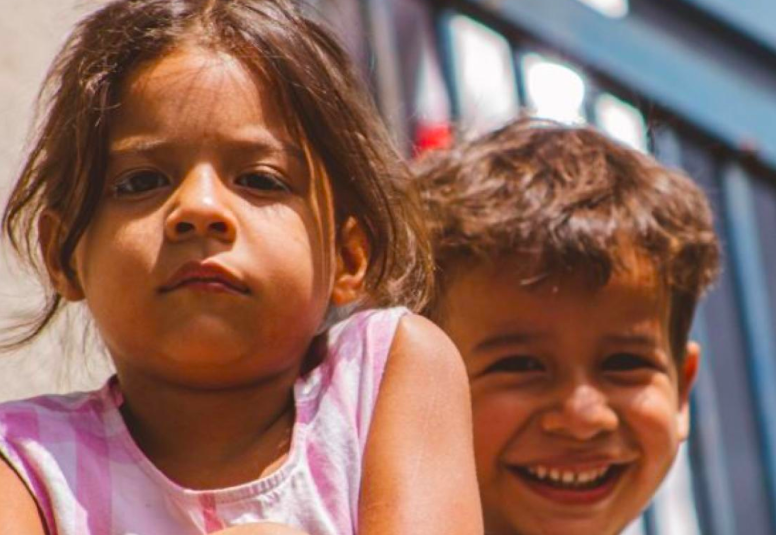
REPORT | World Vision: Child Protection and COVID-19: Venezuela Case Study
World Vision | Venezuela | February 17, 2022
The impact of COVID-19 on children
Children in Venezuela have faced multiple protection risks, even prior to the start of the COVID-19 pandemic which has exacerbated the humanitarian crisis in the country and in the region. Political instability, economic contraction, collapse of the health system, lack of access to basic services, scarcity of food and medicine, and crumbling infrastructure – including water and sanitation – are among the overlapping emergencies in the context. The situation has led 6 million Venezuelans to flee to other countries, primarily in the region.
In May 2021, World Vision conducted a household survey of internally displaced families reached by its programming which showed significant and worrying impacts of COVID-19 on children’s rights, protection and well-being.
The majority (69%) of respondents stated that their income had gone down, either due to job loss, or reduction in hours or wages. In response, families engaged in harmful coping mechanisms, like reducing meals, selling household goods, borrowing from friends and neighbours, using up savings, and relying on government and humanitarian assistance, among other strategies.
A previous survey noted that the decrease in income was also driving negative coping mechanisms, such as hazardous child labour, child marriage or consensual union , and voluntary separation from parents and caregivers, where the latter make the decision to leave their children with grandparents when they leave the country.
Lack of income, leading to the inability to pay rent, has led to evictions. All these factors have led to an increase in psychosocial distress and tensions within families.
The impacts of COVID-19 on children have included limited food, school dropout, exposure to violence, abuse, neglect and exploitation, and child labour. One of the biggest impacts has been the closure of schools, some permanently. When schools re-opened, transportation was difficult due to the pandemic shutdowns, and some parents were reluctant for their children to go back to school. There were many remote modalities of alternative learning; however, these were not accessible for all children, particularly those with limited access to internet connections and internet-enabled devices, especially computers. Power outages also impeded access for some children.